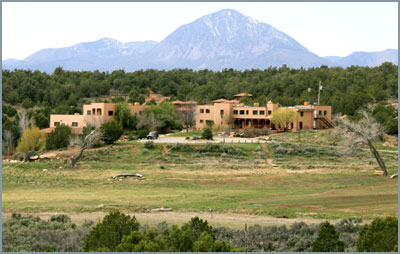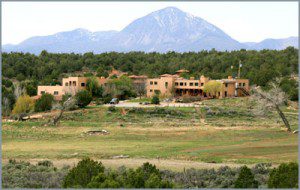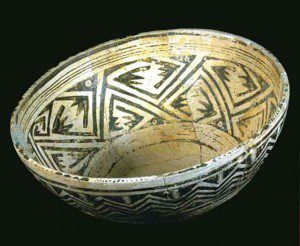
16 May DAY TRIP TO A WORLD CULTURAL TREASURE
“The world’s best documented case of the Neolithic Revolution, is in our own backyard: southwestern Colorado’s Mesa Verde region!” said Erica Kinias, Telluride Historical Museum executive director.
 Mesa Verde is part of the homeland of the Pueblo Indians who continue to live in New Mexico and Arizona today. The region in southwestern Colorado is also one of the world’s greatest archaeological treasures.
Mesa Verde is part of the homeland of the Pueblo Indians who continue to live in New Mexico and Arizona today. The region in southwestern Colorado is also one of the world’s greatest archaeological treasures.
Join us on a day tour of this remarkable area and learn about one of most amazing societies on earth: The Pueblo Indians of the American Southwest. The adventure, jointly sponsored by the Crow Canyon Archaeological Center and the Telluride Historical Museum, takes place on Thursday, May 24.
The day trip promises to follow the breadcrumbs along a winding path that leads from Pueblo’s past to its present, an era spanning 4,000 years. It all begins at Crow Canyon. Founded in 1983, the world-renowned Center seeks to understand the human experience through research and education programs conducted in partnership with American Indians. As Research and Education Chair at Crow Canyon, it will be my pleasure to lead the tour.
The plan is to start at Crow Canyon’s laboratory, where we demonstrate how we use artifacts to reconstruct the past. We also visit the curation room where we store pottery vessels and other artifacts recovered during our excavation projects. At two outdoor classrooms we view replicas of ancient buildings: a Pueblo house dating to about A.D. 600, and a house from about A.D. 1200. These replicas should help everyone visualize the remains when we tour archaeological sites in the afternoon.
Site tours focus on two great migrations that occurred during the Pueblo era. During the first, about A.D. 600, hundreds of Pueblo farm families moved into the region. That migration was enabled when a set of new inventions came together in the late sixth century: the introduction of pottery, the replacement of the spear and atlatl by the bow and arrow, the introduction of beans into the diet, the development of new races of corn, and the invention of public architecture. We learn about the implications of these developments firsthand at the Dillard Site, the location of Crow Canyon’s current excavations.
The second great migration is the one that left the area depopulated. That occurred about A.D. 1285. To better understand that development, we travel to Sand Canyon Pueblo, a site where Crow Canyon has conducted research since 1983.
Sand Canyon was one of the largest villages built during the final decades of occupation of the region. Home to about 600 people, the village has over 90 kivas and hundreds of rooms, which today lay covered by a pinion-juniper woodland. The discussion there is about the latest discoveries that have emerged from our analyses of our research and the site itself, and includes hot-off-the-presses theories about why Pueblo people picked up and left.
I hope you’ll join me to learn about this remarkable treasure located in your backyard. I look forward to sharing with you all we’ve learned and showing the beautiful sites of the Mesa Verde region.
An important part of Telluride’s Mountainfilm Festival, which begins the day after our tour on May 25, is exploring other cultures. Think of a field trip to Crow Canyon as a healthy appetizer.



Sorry, the comment form is closed at this time.